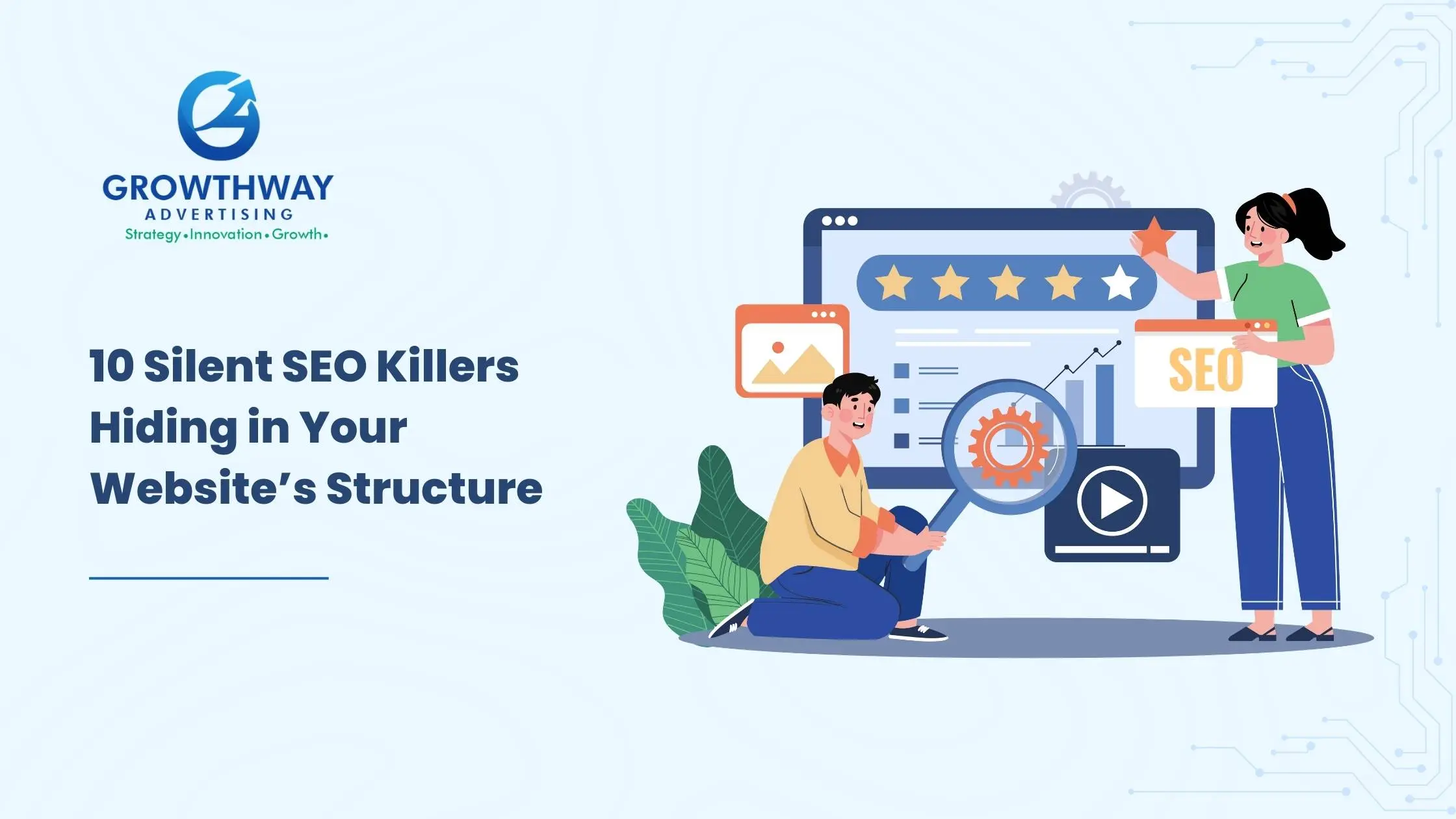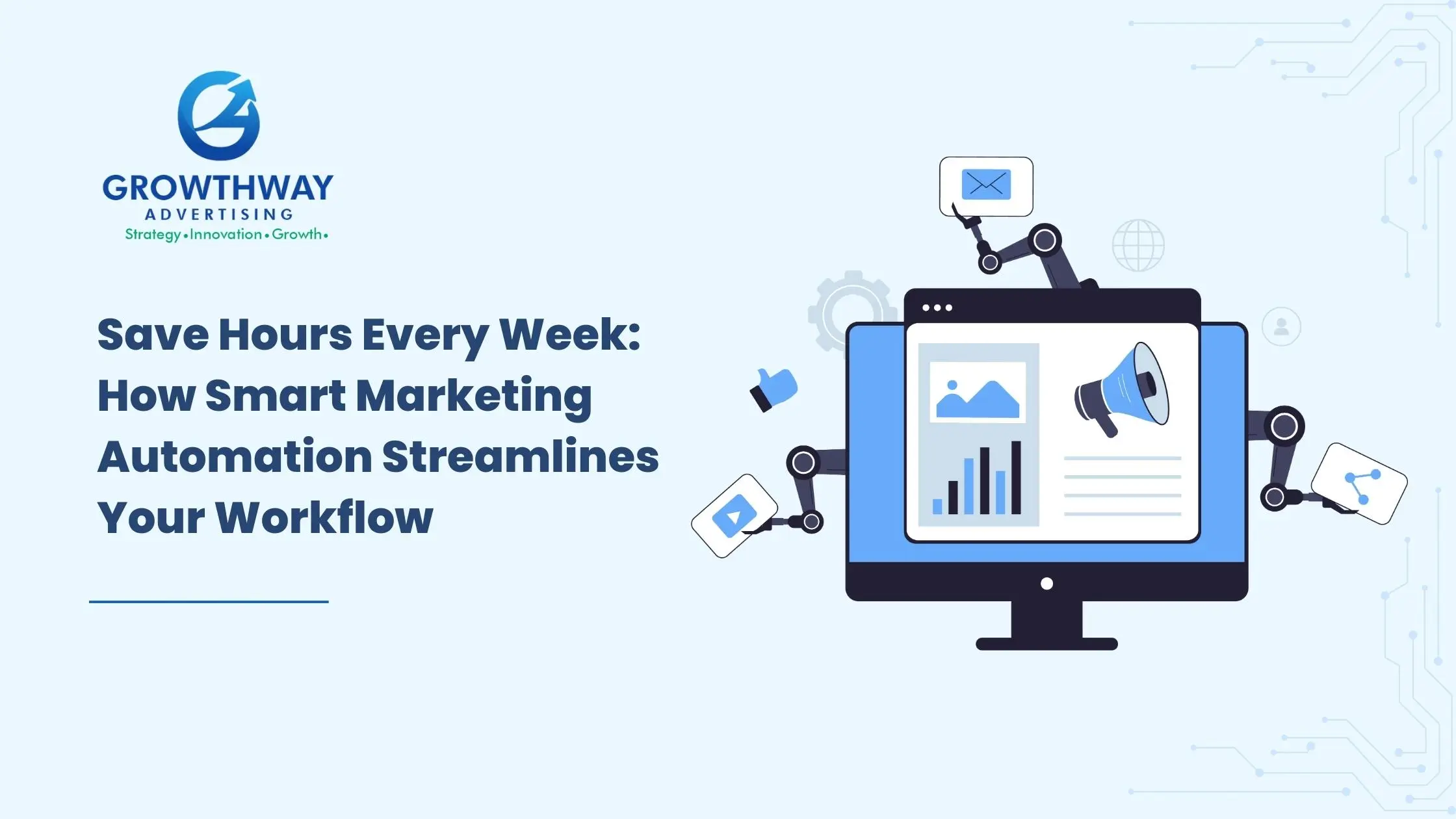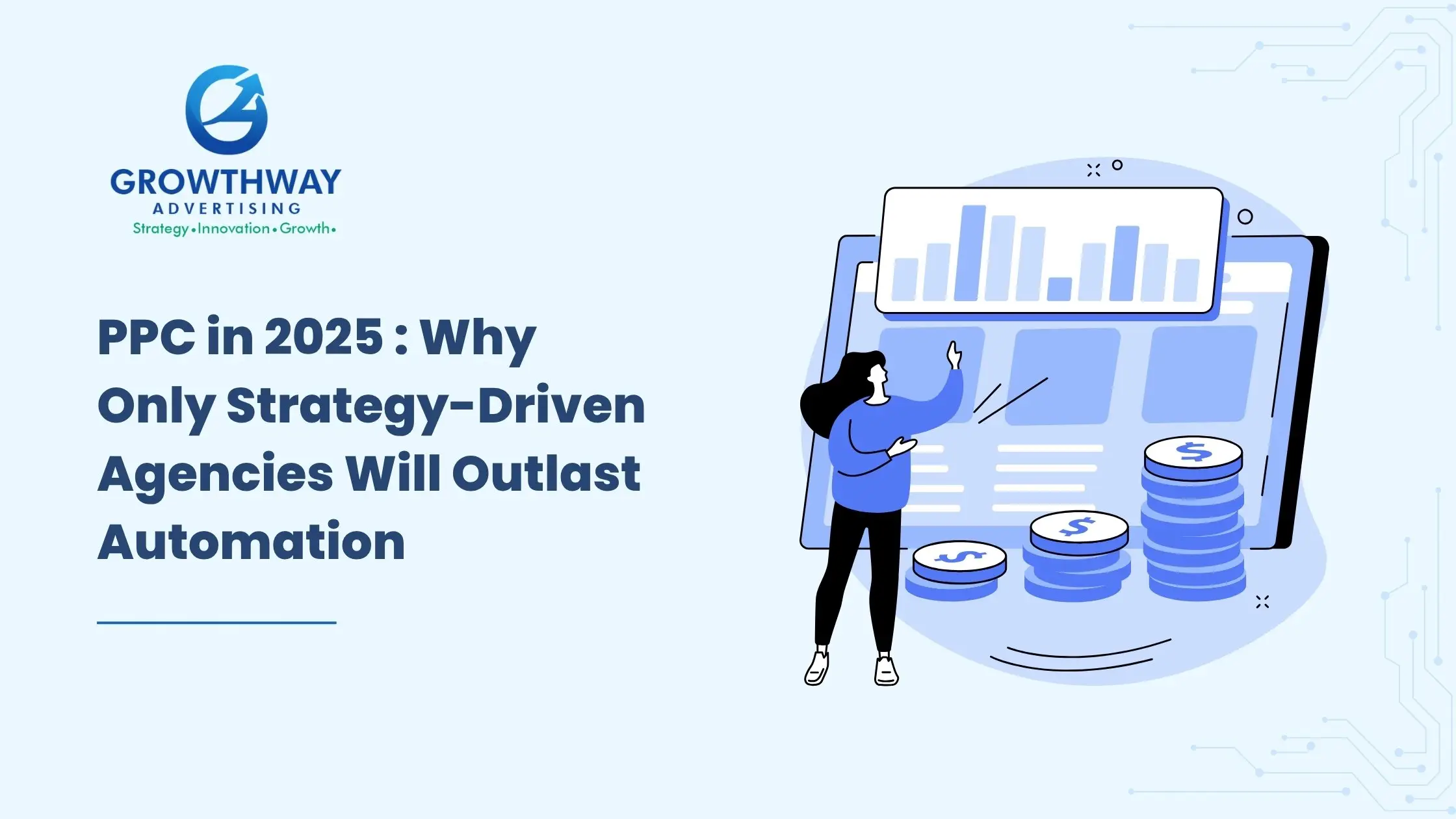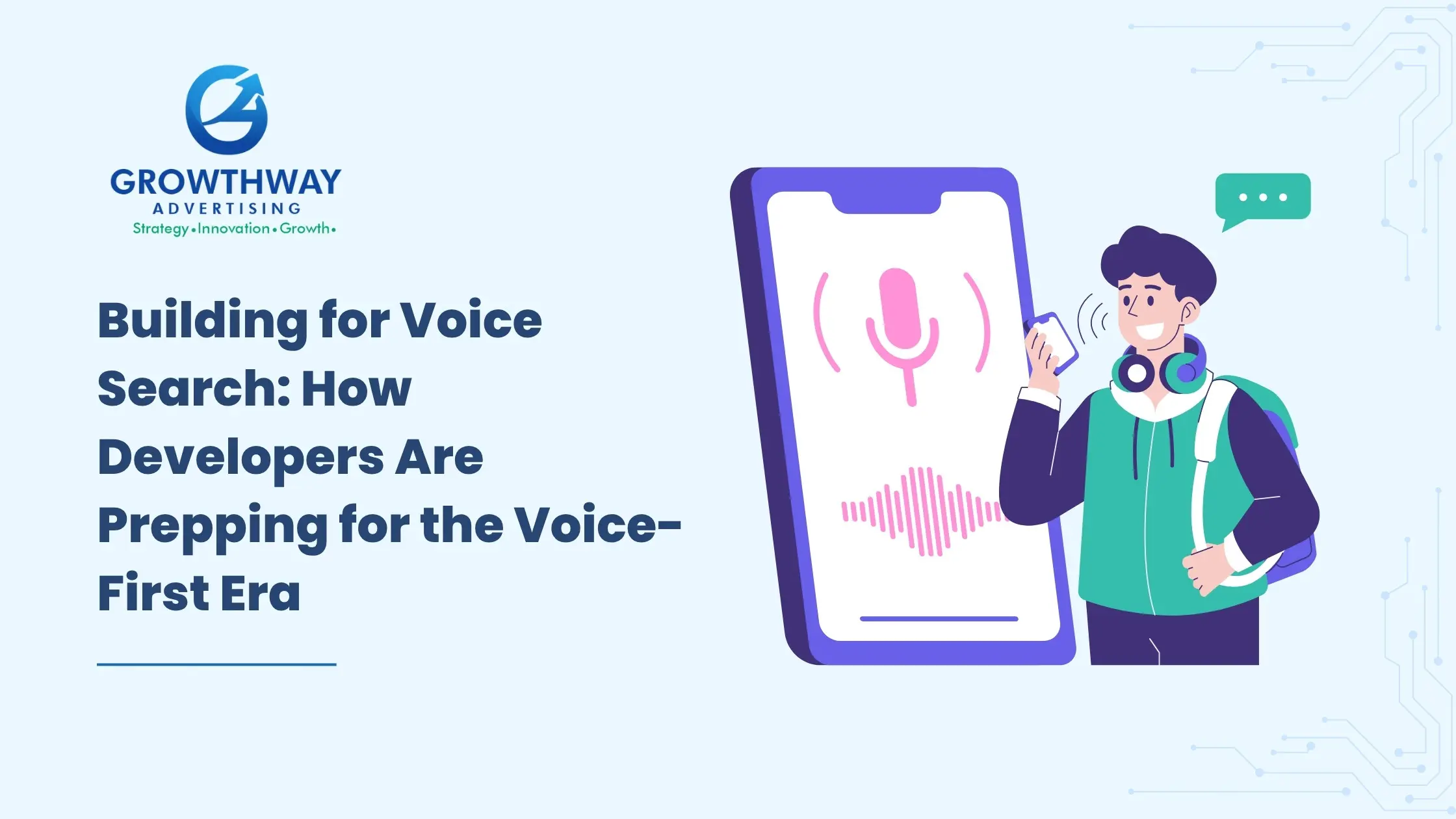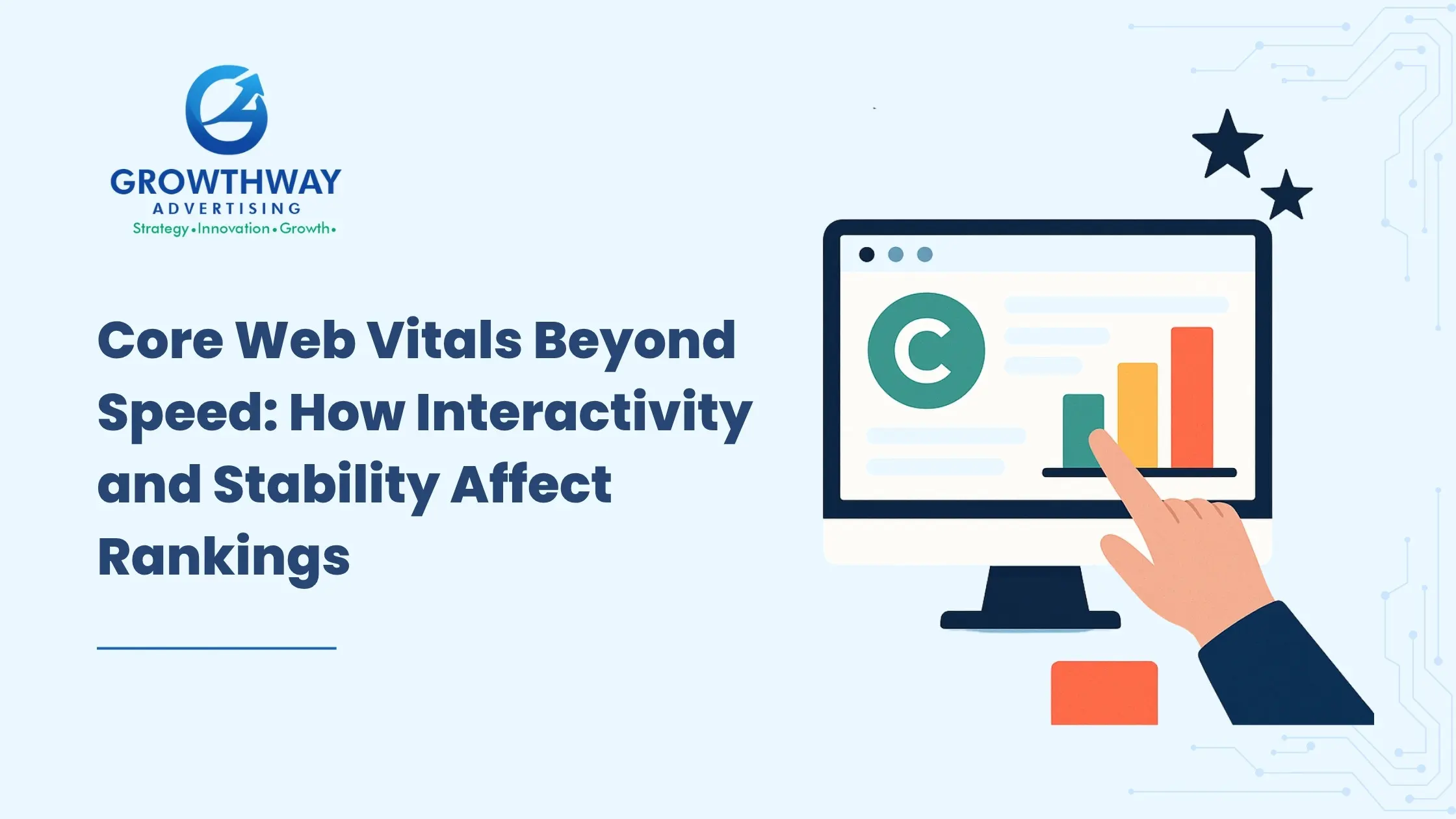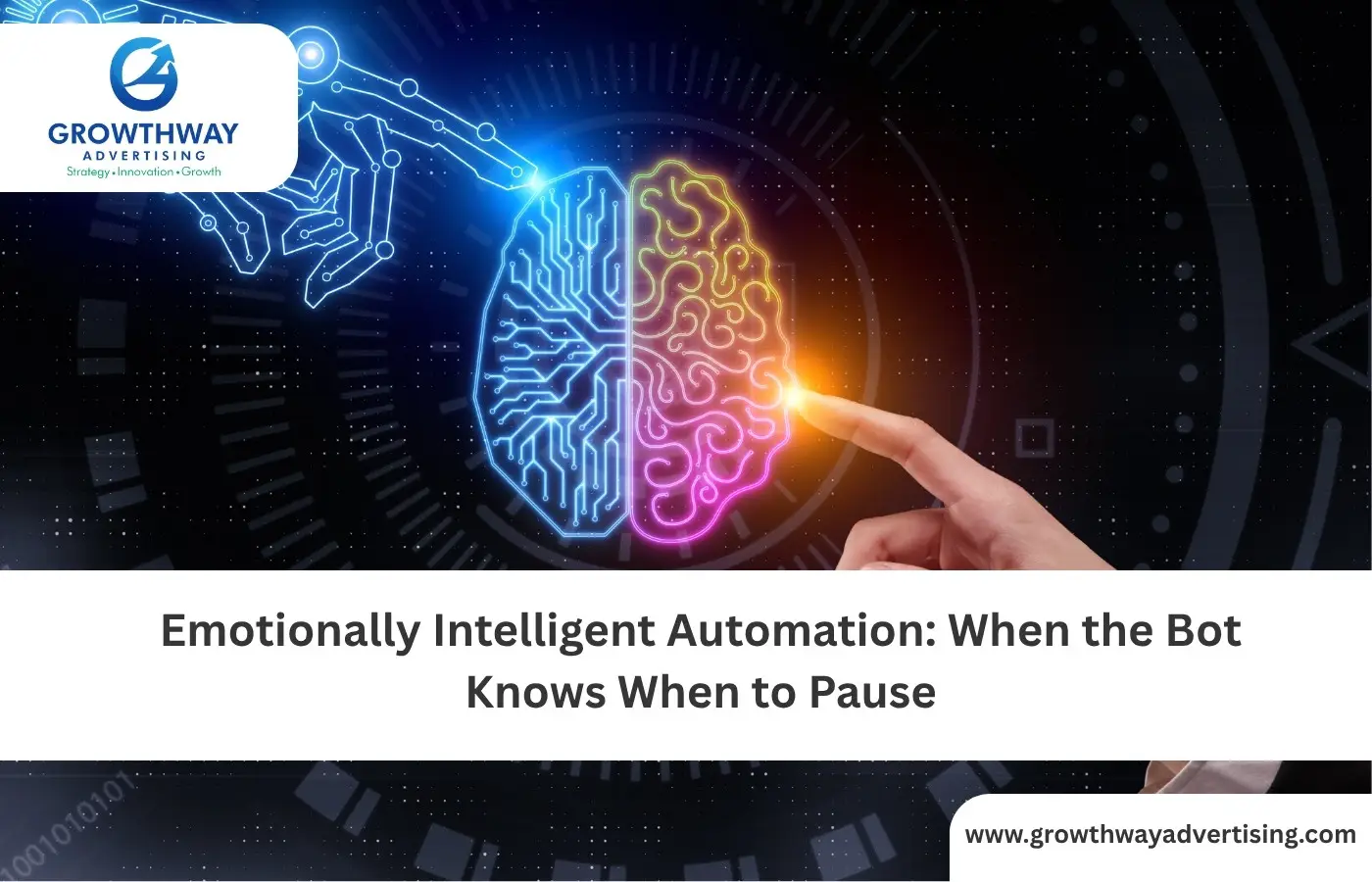When businesses invest in seo services, most think of keywords, backlinks, and content. Yet behind the scenes, technical SEO often decides whether a site ranks or fades into invisibility. Two of the most overlooked elements are canonical tag implementation and website architecture. Both directly impact how search engines crawl, index, and rank your pages. Let’s break down how to audit them properly, where mistakes happen, and which fixes actually move rankings.
Why Canonicalization Still Matters
A canonical tag is defined as an HTML tag which indicates to Google the specific version of the page to be considered the “master version.” Not using it will cause the erosion of authority because of duplicates or near duplicates of the same page. This issue manifests in numerous ways:
- E-commerce product filter pages
- Blog posts with tracking or query strings
- Variant pages for mobile and desktop
During an audit, the duplicates are the first to be identified. Tools like Screaming Frog, Sitebulb or even Google Search Console have the capability to identify pages with the same titles and similar body text. Then it is a matter of checking whether all duplicates resolve to a single canonical URL.
However, most audits overlook the following:
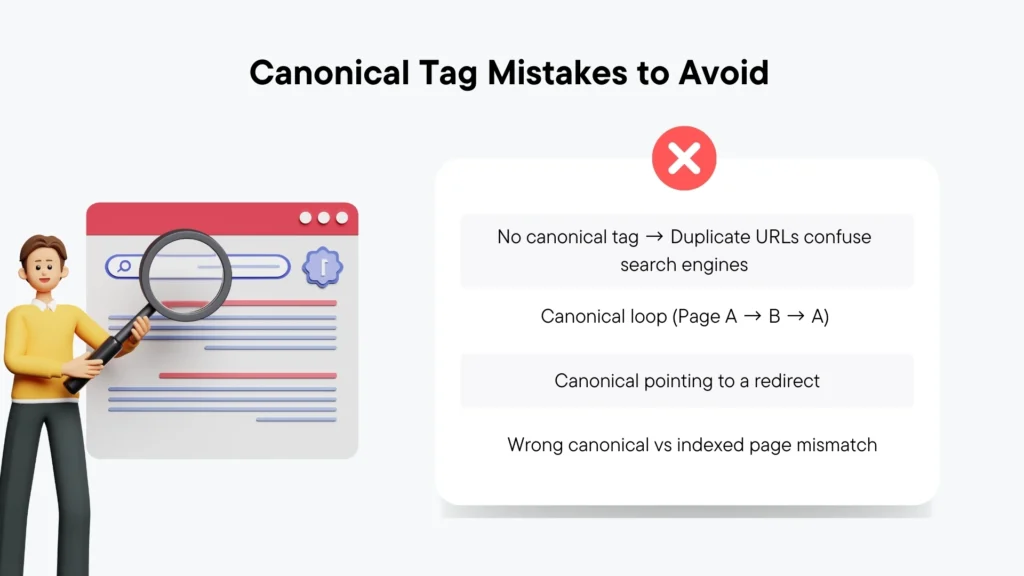
- Canonical loops (A points to B, B points back to A)
- Canonicals pointing to redirected pages
- Canonicals that don’t match the page Google indexes, which happens a lot on JavaScript-heavy sites
Auditors assume adding a tag resolves all problems. This is far from reality, because Google canonicals as hints, not directives. This implies validation steps are necessary to ensure the page confirming the validation is actually the page that is meant to be ranking.
Website Architecture: The Blueprint for SEO Performance
Effective website architecture underpins search performance. It involves much more than the aesthetic appeal of your site; it encompasses the organization of pages, how they are interlinked, and how they are accessible to users as well as search engines. Effective site architecture ensures smoother crawls, enhanced sitemap optimization, and minimizes the chances of losing crucial pages to invisibility.
Essential Site Architecture Audit Elements
Flat Website Architecture: Sites with shallow hierarchies, where critical content is a few clicks away, tend to rank higher because search bots do not have to navigate through layers to find relevant pages.
Internal linking strategy: Effective linking ensures distributed link equity, helping crucial pages climb the rankings.
Orphaned pages: These are pages with no internal links and can be listed on a sitemap but are difficult to find for search engines. These pages are more common than people think and regularly auditing for them ensures no important content is excluded.
Sitemap optimization: Optimizing your XML sitemap through sitemap optimization guarantees all essential pages are communicated to search engines for indexing.
Responsive and mobile-first indexing: mobile-readiness and usability, responsive site navigation, as well as consistent architecture from one device to another have all become non-negotiables and must be checked during the audit.
Breadcrumb navigation: Adding structured breadcrumbs helps users and search engines understand a page’s position within the site hierarchy.
Hidden Ranking Killers
While most businesses hire an seo agency or a seo services company to handle content and backlinks, the deeper technical issues often linger for years. Let’s look at overlooked audit areas that truly affect visibility:
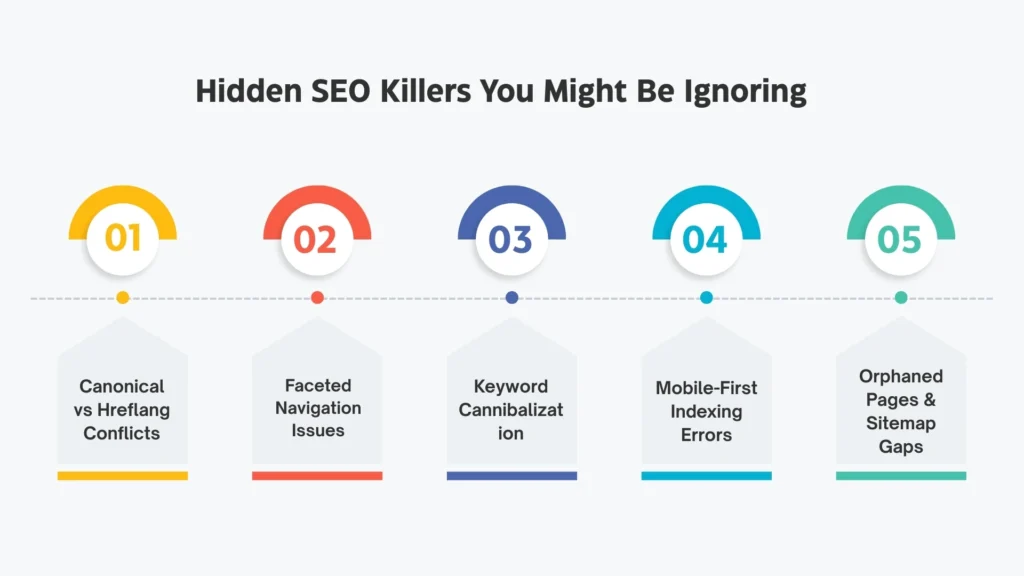
1. Canonical vs Hreflang Conflicts
On the multi-regional sites, it’s typical to have hreflang tags pointing to localized versions while at the same time canonical tags consolidating everything to a single page. This creates confusion for google which often leads to it ignoring the setup. Solutions to this issue are making sure that canonicals are aligned with hreflang clusters.
2. Faceted Navigation
The e-commerce pages that have filters generate thousands of almost identical pages. Some of them apply canonical tags to the category page. In certain scenarios, “noindex” and parameters are more efficient. An audit should test crawl frequency, duplicate inflation, and which filters drive real traffic before deciding.
3. Keyword Cannibalization
Keyword cannibalization occurs when multiple pages target the same query. Canonicals can solve this by consolidating signals, but architecture plays a bigger role. Use site crawls to identify duplicate title tags and restructure so only one authoritative page exists. This is a most common issue in SEO campaign audits.
4. Mobile-First Indexing
With Google fully shifted to mobile-first indexing, your mobile HTML is the canonical version in practice. If your desktop includes a proper canonical tag but your mobile version omits it, Google may favor the wrong URL. Audits should always fetch mobile HTML, not just desktop source.
Step-By-Step Technical SEO Audit: Canonical Tags & Architecture
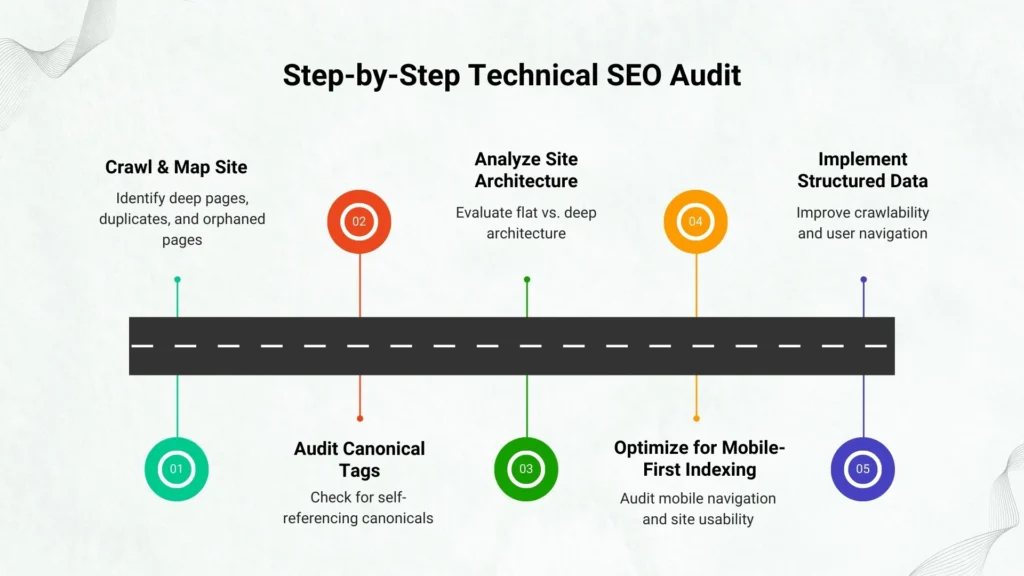
1. Crawl and Map the Site
Begin by leveraging advanced tools to crawl your site while mapping each URL to find duplicate content, orphaned pages, and the deep pages which are not featured in your main navigation. Combine desktop and mobile crawl data to showcase the differences and inconsistencies for mobile-first indexing.
2. Review Canonical Tags
- Conduct thorough checks for the correct use of the canonical tag on each page.
- Audit fostered and filtered category pages for canonicalization whereby the main category URL is used as the reference.
- Check and validate tags after data migrations or launches of new templates.
- Look at other domains for cross-site canonicalization and apply where needed.
3. Analyze Internal Linking and Architecture
- Check for flat website architecture by measuring the click depth from the homepage to all landing pages.
- Assess keyword cannibalization due to over linking to similar pages and content clusters.
- Identify orphaned pages using analytics and crawling tools and in content, blog posts, or navigation add internal links to those pages.
- Check live pages against the submitted sitemap and validate them for complete sitemap optimization.
4. Optimize for Mobile-First Indexing
With Google prioritizing mobile, your architecture must:
- Offer simple, thumb-friendly navigation.
- Ensure critical content isn’t hidden behind expandable elements or mobile redirects.
- Audit for consistent internal linking and sitemap structure across device versions.
5. Implement Structured Data and Breadcrumbs
Improve crawlability and navigation clarity:
- Add breadcrumb markup throughout core sections.
- Integrate schema for key sections (products, FAQs, articles) aligned with site architecture to improve semantic relevance and ranking signals.
CMS-Specific Canonical Fixes
Many businesses rely on CMS platforms where default canonical handling is poor. During audits, whether you’re providing seo services, always check:
- WordPress: Yoast and RankMath auto-insert canonicals, but custom templates can override them incorrectly.
- Shopify: Collection and product URLs often generate duplicates. Audit whether canonicals point back to the primary handle.
- Magento: Layered navigation can create parameter-based duplicates; canonical strategy must be paired with noindex rules.
Covering these details in an audit saves time and stops duplicate inflation at the source.
Why Businesses Should Care
For businesses hiring an seo agency or even a freelance seo consultant, understanding these technical layers matters. You don’t need to manage every crawl log yourself, but you should know the risks:
- Misconfigured canonical tag → diluted rankings
- Poor website architecture → wasted crawl budget
- Bad sitemap optimization → indexation gaps
- Duplicate content inflation → keyword losses
- Ignoring Flat Website Architecture → core pages hidden too deep
- Orphaned pages → authority leakage
- Failure to adapt to mobile-first indexing → mismatched rankings
Each one can quietly pull down your performance even while you invest in seo marketing campaigns.
FAQ’s
A canonical tag tells search engines which version of a page is the “master” copy. It prevents duplicate content issues and consolidates ranking signals.
A well-organized architecture ensures search engines can crawl important pages easily, distributes link equity, and improves user experience, which helps rankings.
Canonical loops occur when Page A points to Page B, which points back to Page A. This confuses search engines and can dilute ranking signals.
Canonicals and hreflang tags must be aligned. Misalignment can confuse Google, causing it to ignore regional versions or consolidate them incorrectly.
Regular audits are recommended after site migrations, template changes, or major updates. Quarterly or semi-annual audits help maintain SEO performance.






